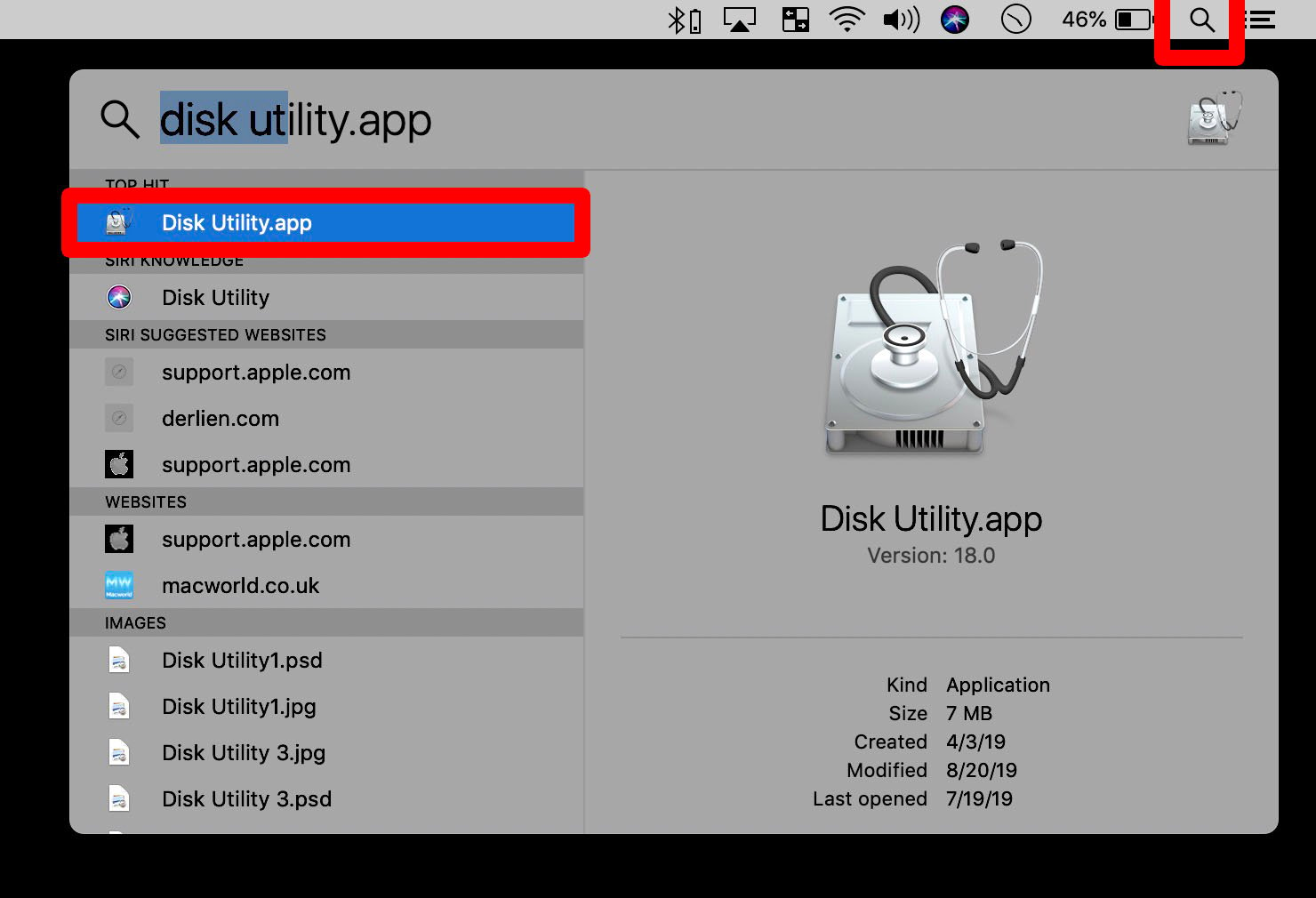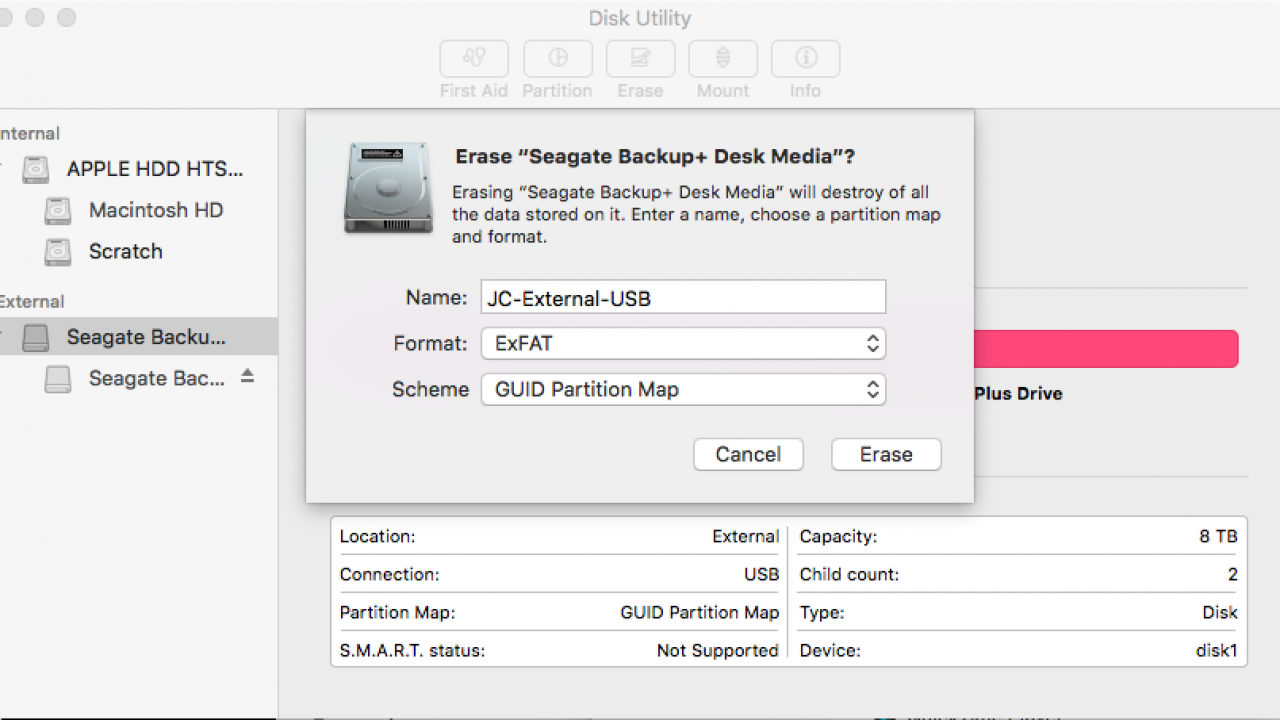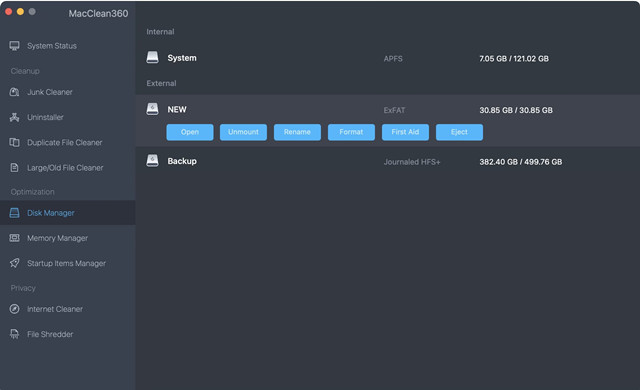

- Format an external drive for mac how to#
- Format an external drive for mac for mac#
- Format an external drive for mac mac os x#
- Format an external drive for mac install#
If you need to format your external hard drive, do not worry as you can do it as easy as the following steps:Īfter you have connected your external hard drive on you Mac, launch the "Disk Utility" application which can be found under "Applications".
Format an external drive for mac how to#
How to Format an External Hard Drive on Windows
Format an external drive for mac for mac#
This article will teach you how to format external hard drive for Mac and PC. If there are errors or system failure where the external hard drives are not accessible, this would prompt for the action of formatting as well. A lot of people would format their hard drives as soon as it is infected to avoid more damage. More often than not, a lot of external hard drives are impacted by incurable virus infection. If you purchase an external hard drive as an addition to expand the storage space of your computer, most likely you would need to format it. There are various reasons why you might need to format external hard drives.

Recover Particular External Hard DriveĮxternal hard drives are handy tools in storing files, data and documents. 3.2 Recover MacBook Pro External Hard DriveĤ.2.6 Seagate Backup Plus External Hard Driveģ.2.1 Western Digital External Hard Drive.1.3 Recover Data from External Hard DriveĢ.1.2 Recover Files from External Hard Drive.1.1 Top External Hard Drive Recovery Software.APM is an older, Mac-only partition scheme.Hard Drive Recovery 1. You’ll also be asked to choose between a partition scheme: GUID Partition Map, Master Boot Record, or Apple Partition Map. RELATED: What's the Difference Between GPT and MBR When Partitioning a Drive?
Format an external drive for mac install#
It’s not natively supported on many Linux distributions, but you can install exFAT support on Linux.įor external drives, it almost always makes sense to format in ExFAT, unless you’re using the drive for Time Machine. ExFAT is the ideal cross-platform file system. You should use this file system if you may share the drive with Windows PCs and other devices like the PlayStation 4 and Xbox One consoles.

You’ll have to enter a password, and you’ll need to provide that password whenever you connect your drive to your Mac.
Format an external drive for mac mac os x#
By default, Mac OS X doesn’t use a case-sensitive file system.


 0 kommentar(er)
0 kommentar(er)
